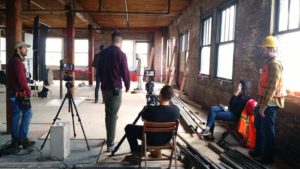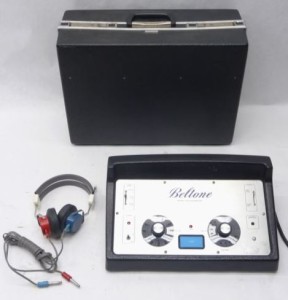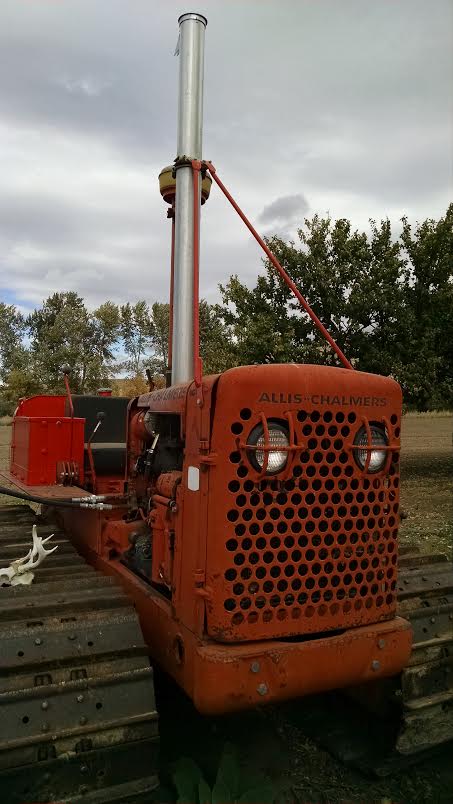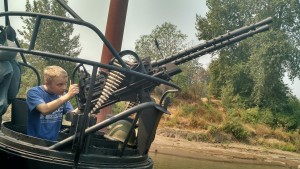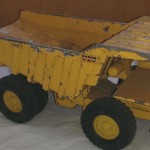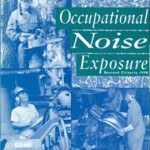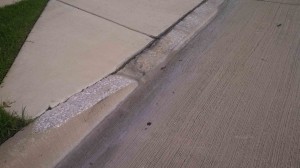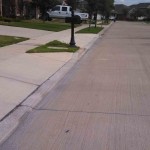Wed 16 Nov 2016
IH/Health in Construction updates
Posted by admin under AIHA, Asbestos, Federal OSHA, hygienist, industrial hygienist, Noise, occupational hygiene, videos
Comments Off on IH/Health in Construction updates
There have been lots of new information available, so this post will just share new information on a few different subjects:
- Silica rule:
- At this point, it doesn’t appear that the silica rule will be legally blocked. So, now is the time to prepare for all of the coming changes. However, the new administration may have some influence.
- Federal OSHA has (finally) published their Small Entity Guide (103 pages!) but, no doubt, this will be useful for many.
- NIOSH Noise Control Contest
- I encouraged people to submit their ideas…and then, I missed the deadline to submit.
- However, the results are in. Â And at least one of them seems like a decent one (I have my opinion, but will let you decide which one is your favorite)
- Check their main page, Hear and Now, for a summary
- I AM IH
- Another contest!
- AIHA is asking for a short documentary highlighting the people behind the industrial hygiene profession. Are you interesting? ’cause most IH’s arent… (ha)
- Free Safety Videos- Health in Construction
- This project has taken a massive amount of my time, and it is still not completed yet . However, below are the links to the videos for those of you looking for a sneak peek. Â Please feel free to share…more materials, Â website upgrades, and ‘giant fan fare’ will be forthcoming.
- Silica Awareness Video: Hierarchy of controls
- Noise: Life from a construction worker’s experience with noise
- Asbestos: What to do when you encounter suspect asbestos
- Lead: A humorous look at why we shouldn’t be exposed to lead
- This project has taken a massive amount of my time, and it is still not completed yet . However, below are the links to the videos for those of you looking for a sneak peek. Â Please feel free to share…more materials, Â website upgrades, and ‘giant fan fare’ will be forthcoming.
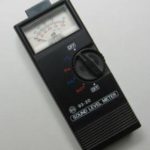 controlling exposures. Personally, I think construction has a lot of room for improvement. Unfortunately there is no money to the winner, but I think this may be a good thing, so as it promotes and attracts the people who want to do it for the right reasons. Here are some of my inferior ideas:
controlling exposures. Personally, I think construction has a lot of room for improvement. Unfortunately there is no money to the winner, but I think this may be a good thing, so as it promotes and attracts the people who want to do it for the right reasons. Here are some of my inferior ideas: